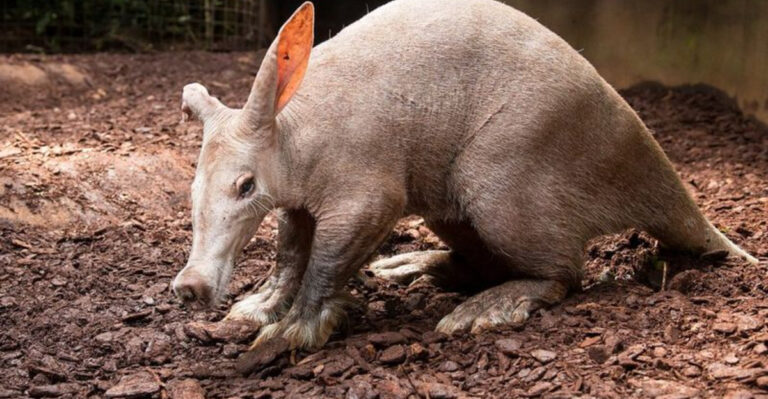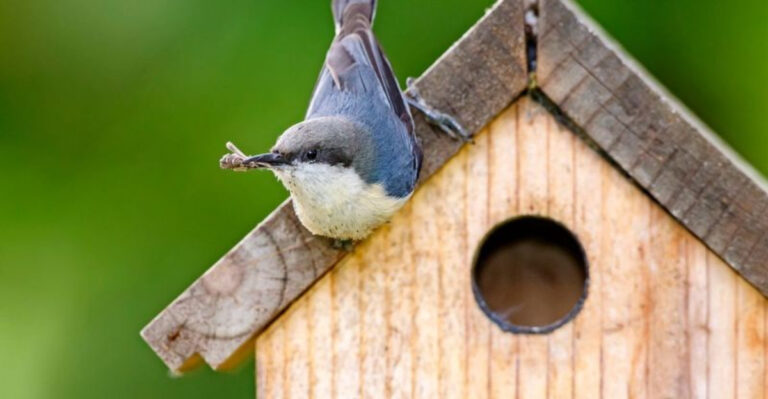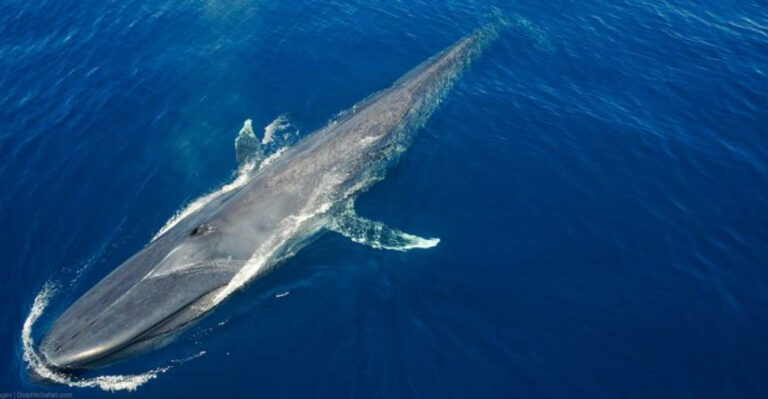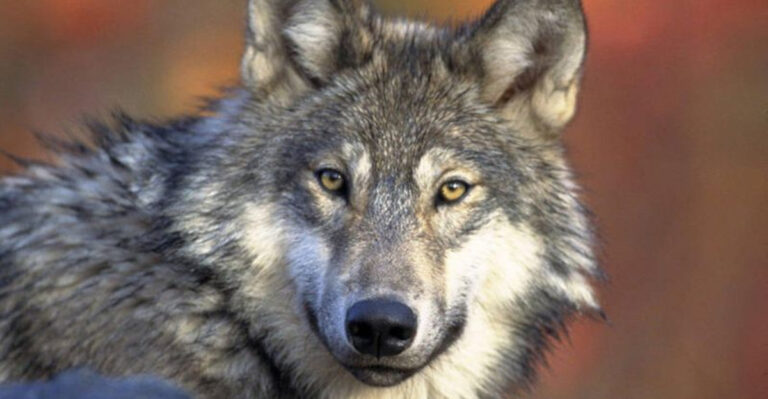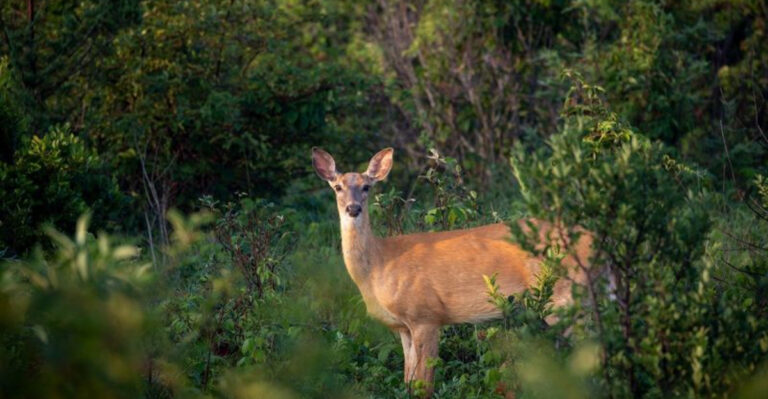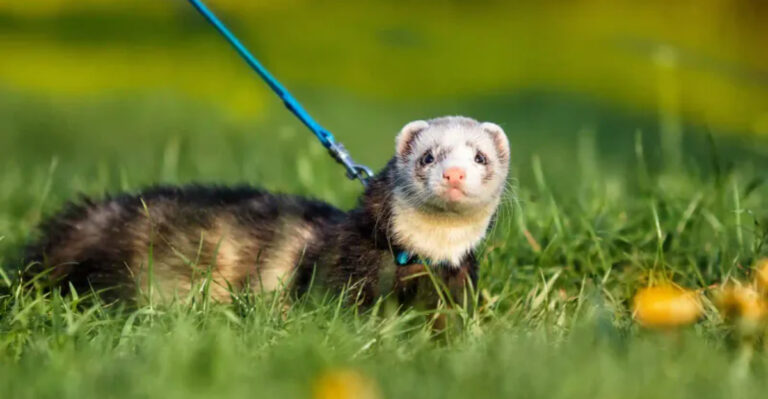16 Alaska Wildlife Viewing Mistakes You Should Avoid
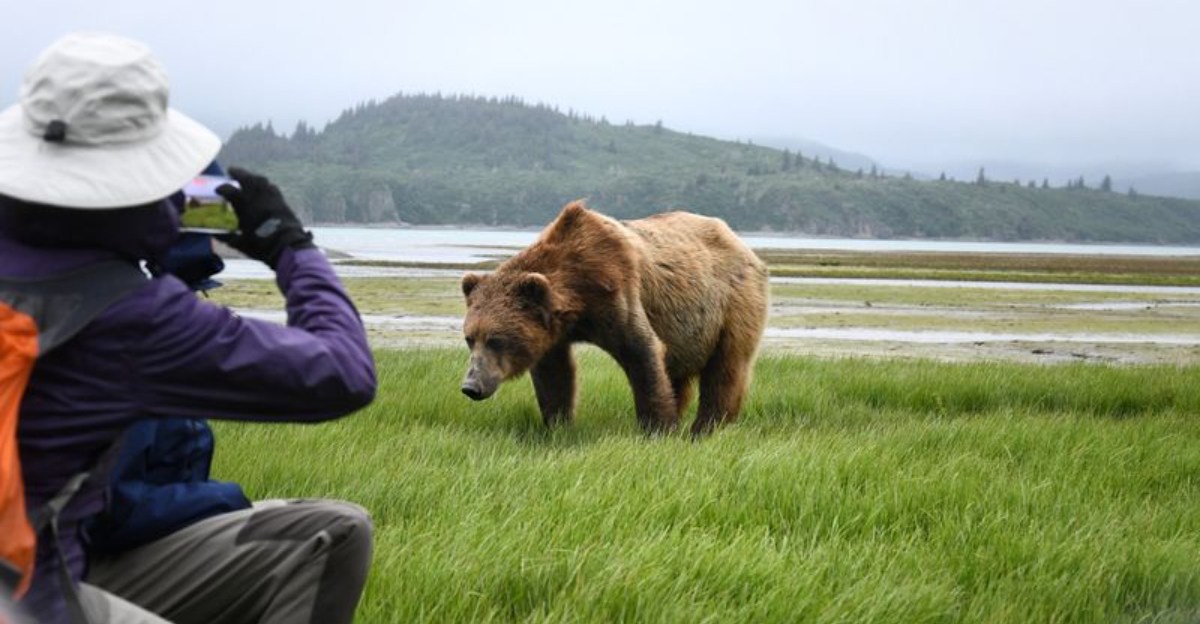
Alaska’s wilderness offers incredible opportunities to witness majestic animals in their natural habitat. From massive grizzly bears fishing for salmon to elegant moose wandering through meadows, the wildlife viewing experiences are truly unforgettable.
However, making certain mistakes can not only ruin your adventure but also endanger both you and the animals. Here’s what you should avoid when embarking on your Alaskan wildlife journey.
1. Getting Too Close To Animals
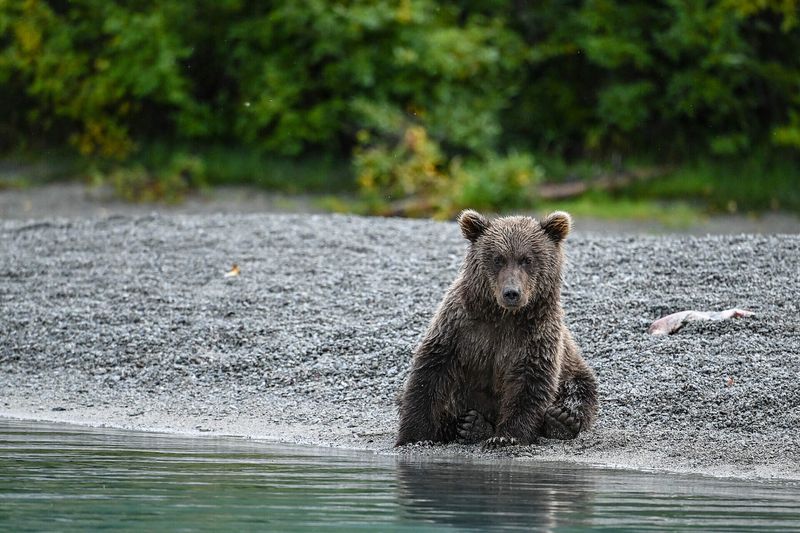
Wild animals need their space. Approaching too closely stresses them out and may trigger defensive behaviors. Bears and moose can charge when they feel threatened.
Always maintain the recommended distance—100 yards for bears and 25 yards for other wildlife. Remember, a zoom lens or binoculars let you observe without intrusion.
2. Not Respecting Animal Territory
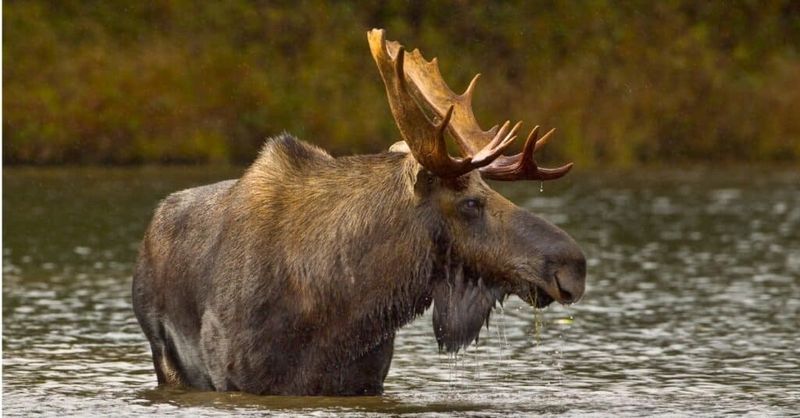
Animals consider certain areas their domain, especially during crucial life stages. Mothers with young are particularly protective and unpredictable.
Watch for territorial signs: stomping hooves, raised fur, or pinned-back ears. If you notice these warnings, back away slowly without turning your back. Your adventure isn’t worth disrupting their natural behaviors.
3. Failing To Pack The Right Gear
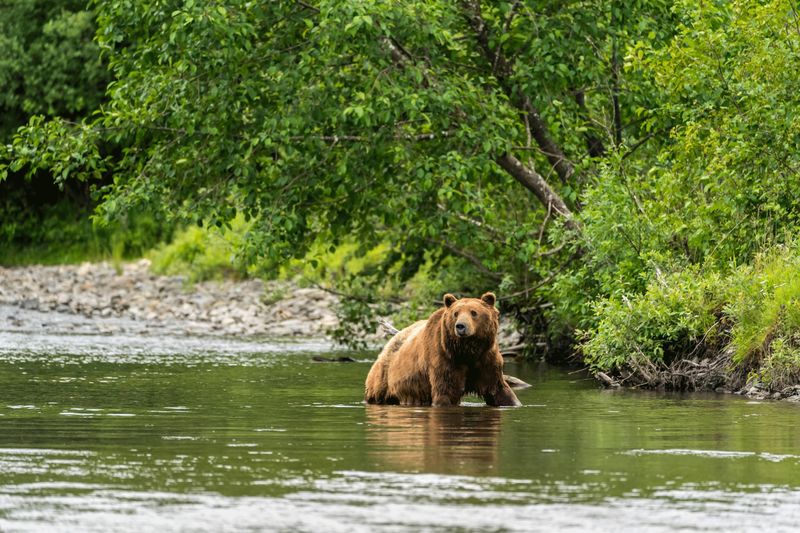
Quality binoculars transform distant specks into magnificent creatures. Many visitors arrive unprepared, missing incredible wildlife moments.
Beyond optics, pack layers for unpredictable weather, sturdy footwear for varied terrain, and a camera with zoom capabilities. Proper preparation means more comfortable viewing and better experiences without disturbing animals.
4. Not Understanding The Wildlife’s Habits
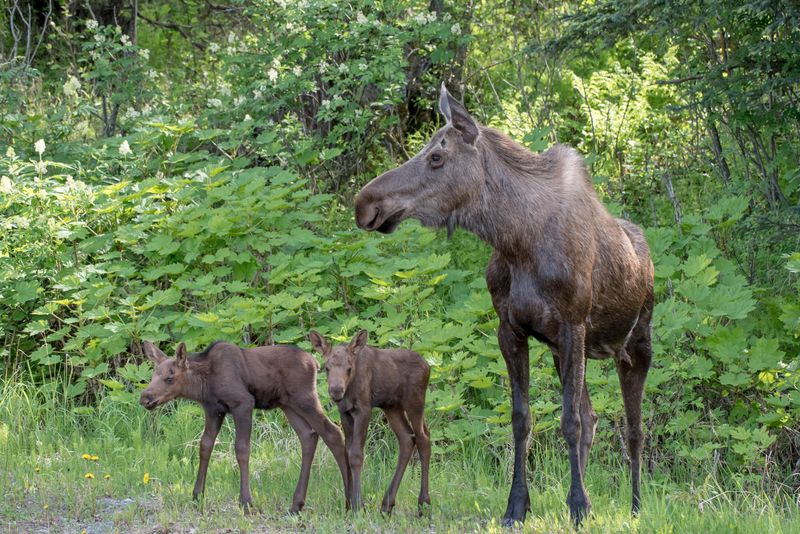
Animals follow predictable patterns based on seasons, food availability, and breeding cycles. Knowing when bears feed on salmon runs or where moose browse during morning hours dramatically improves sighting chances.
Research before your trip or speak with rangers about recent animal activity. Dawn and dusk typically offer the best viewing opportunities when many species are most active.
5. Ignoring Park Guidelines And Regulations
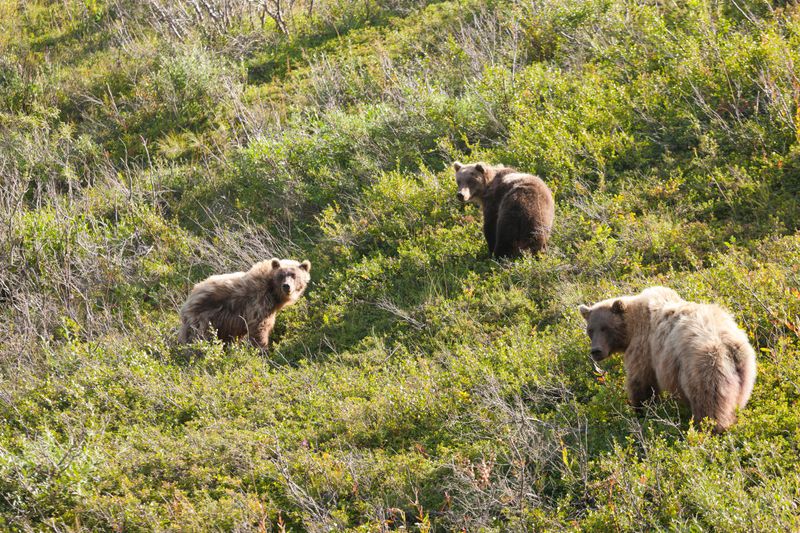
Rules exist to protect both visitors and wildlife. Ignoring posted regulations might seem harmless but can have serious consequences for fragile ecosystems.
Regulations vary between parks and seasons. Some areas close during critical wildlife periods like salmon spawning or bird nesting. Stay informed by checking visitor centers and following all signage—these guidelines represent decades of conservation knowledge.
6. Overlooking Safety Precautions In Bear Country
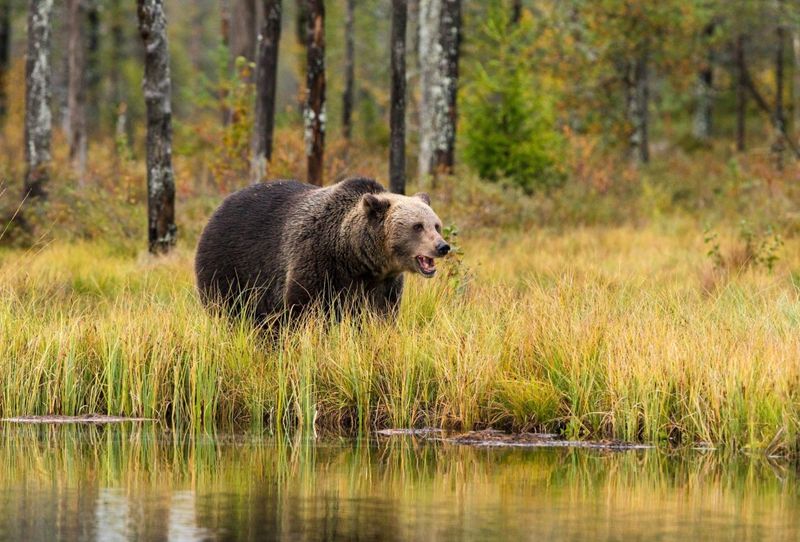
Bears have incredible hearing and smell but sometimes poor eyesight. Surprising one can trigger defensive reactions.
Make noise while hiking by talking or wearing bear bells. Carry bear spray and know how to use it. Travel in groups when possible—bears typically avoid humans when they know you’re coming.
7. Not Bringing Enough Food And Water
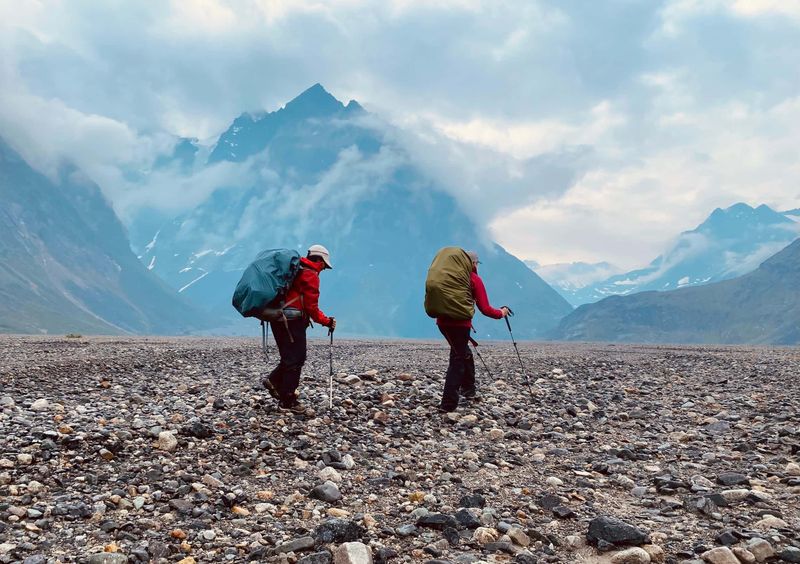
Wildlife watching requires patience. You might spend hours waiting for the perfect sighting, often in remote locations far from services.
Pack more supplies than you think necessary—extra water, high-energy snacks, and emergency rations. Dehydration or hunger can force you to abandon promising viewing spots just as animals appear.
8. Disturbing Nesting Birds Or Calving Animals
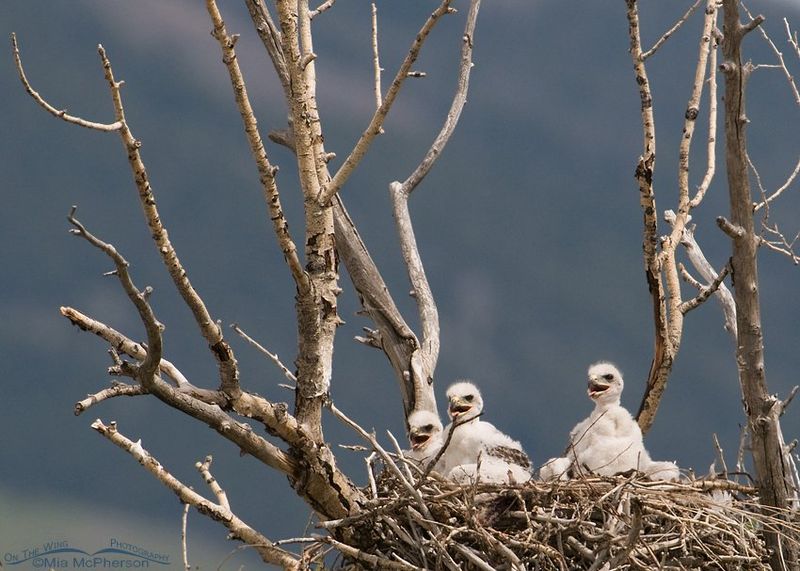
Spring and early summer bring vulnerable new life throughout Alaska. Eagles, puffins, and other birds become extremely protective of nesting sites.
Large mammals like caribou need undisturbed calving grounds. Human presence during these sensitive times can cause parents to abandon young or waste precious energy defending them. Research seasonal sensitivities before planning your wildlife viewing itinerary.
9. Relying Too Much On Guides And Tours
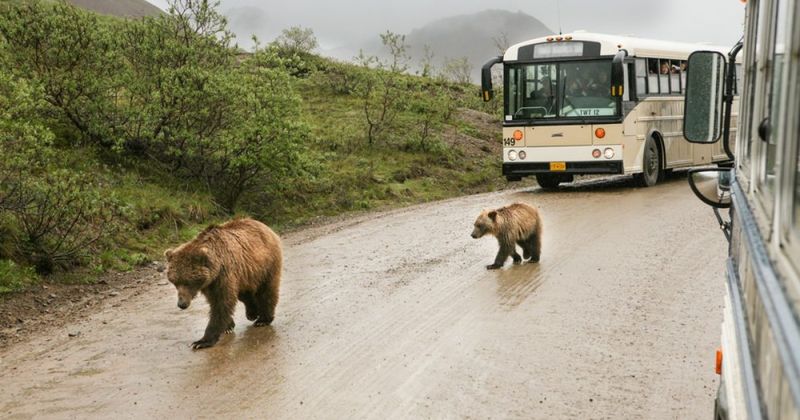
Professional guides offer valuable expertise and access to prime viewing locations. However, exclusively following structured tours limits your wilderness experience.
Balance guided excursions with independent exploration. Solo adventures often yield unexpected wildlife encounters and personal discoveries that large groups might miss. Just ensure you’re properly prepared for independent wildlife viewing.
10. Overlooking Local Wildlife Experts
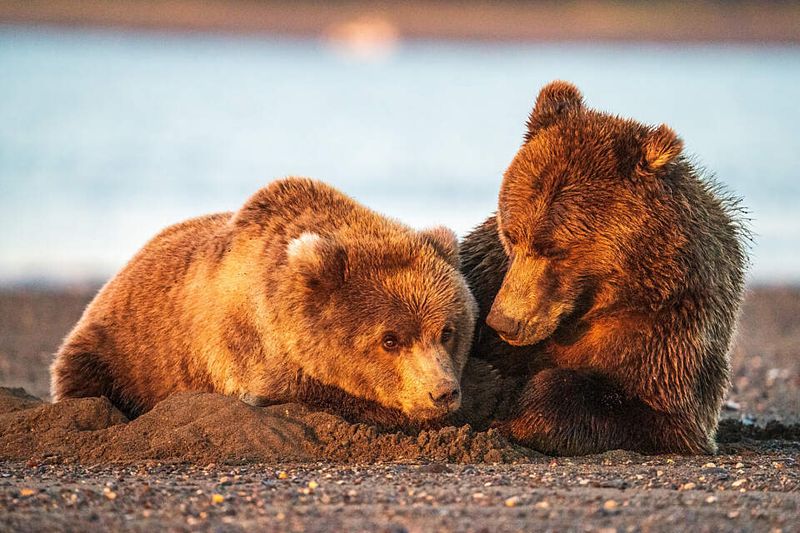
Rangers and local naturalists possess invaluable knowledge about recent animal movements. Many visitors rush past visitor centers, missing crucial updates on where to spot elusive species.
Take time to chat with locals at coffee shops and gear stores too. Residents often know which roadside pullouts offer consistent moose sightings or where wolves were spotted yesterday.
11. Not Using Proper Viewing Etiquette
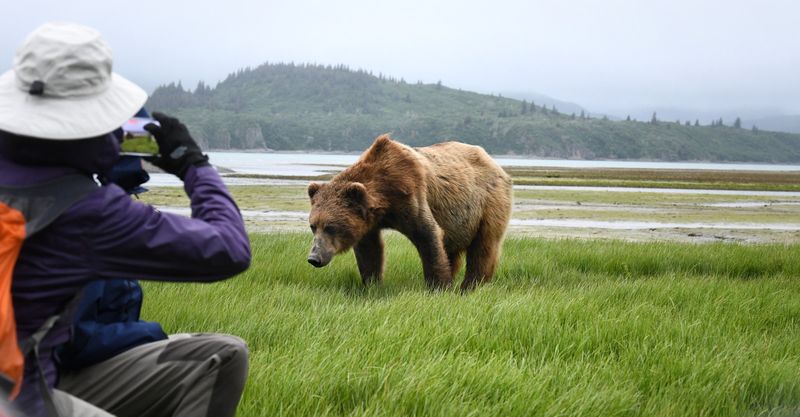
Wildlife viewing is often a shared experience. Rushing to get closer or speaking loudly ruins the moment for everyone and scares animals away.
Move slowly and deliberately. Keep your voice down to whispers. If others spotted wildlife first, respect their space and take turns at prime viewing spots. Good etiquette ensures everyone enjoys these magical encounters.
12. Using Flash Photography
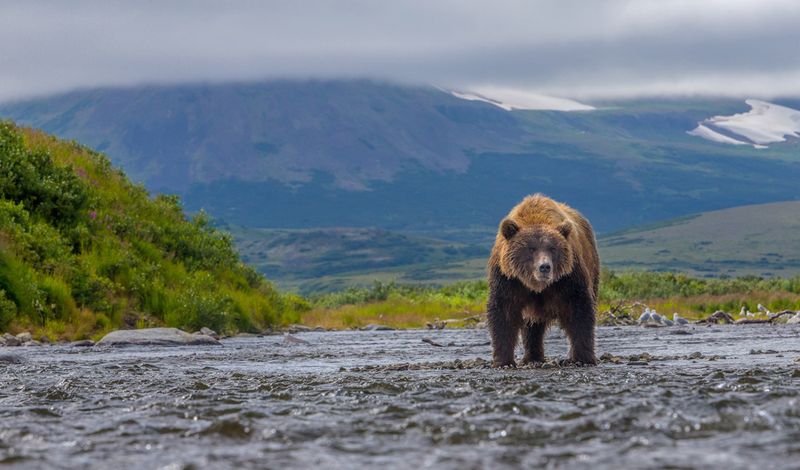
Camera flashes can temporarily blind and disorient animals, especially in low light when many species are most active. This disruption might seem minor but can affect hunting, feeding, or predator avoidance.
Learn your camera’s manual settings to capture low-light images without flash. Modern cameras and smartphones offer impressive night modes that work better than flash anyway.
13. Failing To Check Weather Conditions
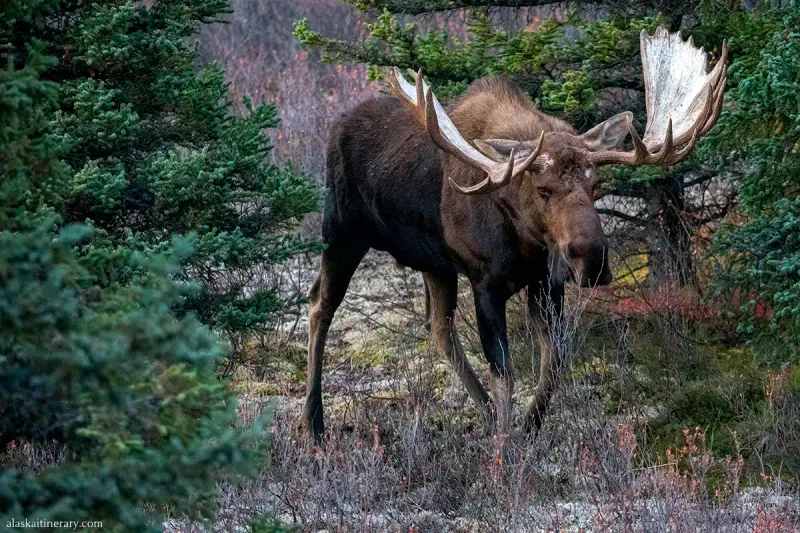
Alaska’s weather changes dramatically, often within hours. Clear skies can quickly transform into dangerous storms, especially in mountain regions where wildlife viewing is prime.
Check forecasts religiously and pack for multiple weather scenarios. Heavy fog or rain not only creates hazardous conditions but also dramatically reduces wildlife visibility and activity patterns.
14. Not Knowing How To Spot Wildlife
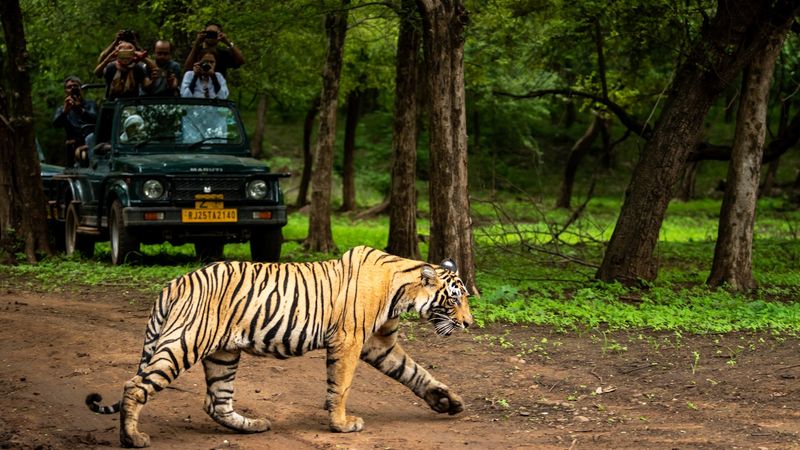
Animals rarely present themselves obviously. Spotting wildlife requires developing specific observation skills beyond just looking.
Scan landscapes for movement or shapes that break natural patterns. Watch for disturbed vegetation or tracks in mud. Listen for warning calls from birds—they often alert you to predators long before you’d spot them yourself.
15. Assuming Wildlife Is Always Easy To Spot
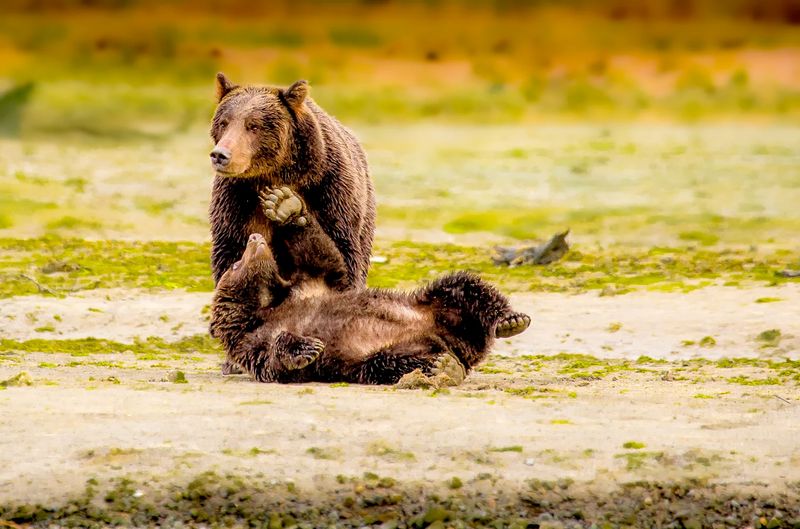
First-time visitors often expect wildlife to appear on command like in documentaries. Reality involves hours of patient waiting with no guarantees.
Animals follow their own schedules, not yours. Successful wildlife viewers develop patience and appreciation for the entire ecosystem. Sometimes the most memorable experiences come from unexpected encounters while waiting for something else entirely.
16. Ignoring Local Conservation Efforts
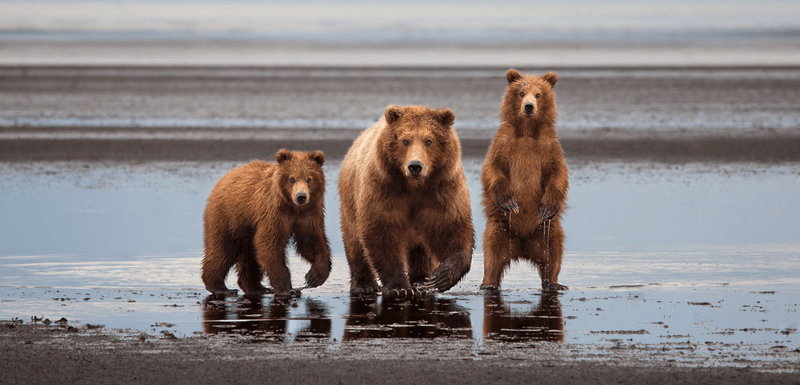
Alaska’s wildlife faces numerous challenges from climate change to habitat loss. Many visitors enjoy the animals without understanding ongoing conservation work.
Learn about local preservation initiatives before your trip. Consider supporting organizations working to protect the species you hope to see. Responsible tourism includes understanding how your presence impacts the very wildlife you’ve come to appreciate.

